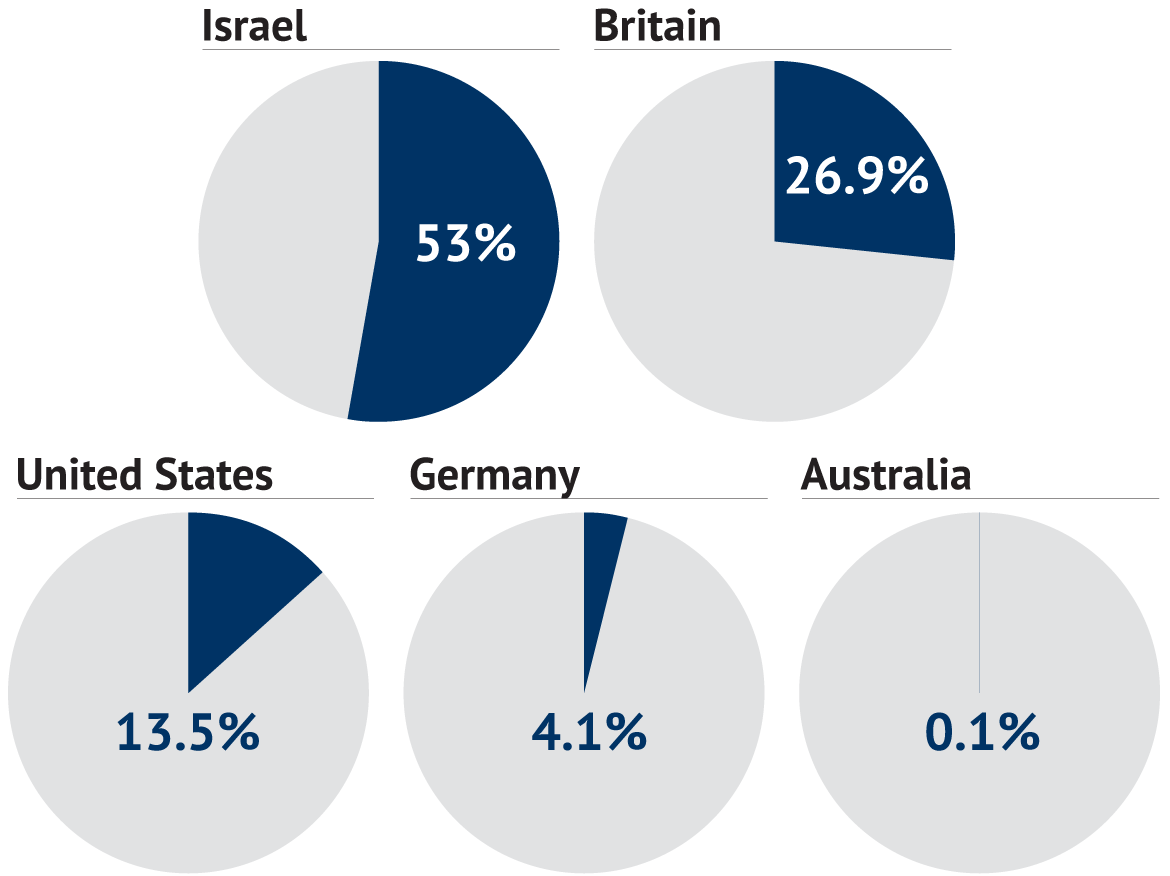All Global Research articles can be read in 27 languages by activating the “Translate Website” drop down menu on the top banner of our home page (Desktop version).
***
March 2, 2021 was the five year anniversary of the murder of Berta Cáceres, who opposed the Agua Zarca dam in Honduras. That date was less than one month after the deaths of dozens of people from Tehri Dam disaster in Uttarakhand, India. The two stories together tell us far more about consequences of the insatiable greed of capitalism for more energy than either narrative does by itself.
In addition to being sacred to the indigenous Lenca people of Honduras, the Gualcarque River is a primary source of water for them to grow their food and harvest medicinal plants. Dams can flood fertile plains and deprive communities of water for livestock and crops. The Lenca knew what could happen if the company Desarrollos Energéticos SA (DESA) were to build the Agua Zarca hydroelectric dam on the Gualcarque. As Nina Lakhani describes in Who Killed Berta Cáceres?, the La Aurora Dam, which started generating electricity in 2012 “left four miles of the El Zapotal River bone dry and the surrounding forest bare.”
In 2015, Cáceres won the Goldman Environmental Prize for organizing opposition to the Agua Zarca. She had been a co-founder of the Council of Popular and Indigenous Organizations of Honduras (COPINH). The following year, thousands of Lenca marched to the capital Tegucigalpa demanding schools, clinics, roads and protection of ancestral lands. Indigenous groups uniting with them included Maya, Chorti, Misquitu, Tolupan, Tawahka and Pech. Lakhani describes that “From the north coast came the colorfully dressed, drumming Garifunas: Afro-Hondurans who descend from West and Central African, Caribbean, European and Arawak people exiled to Central America by the British after a slave revolt in the late eighteenth century.”
A Garifuna leader, Miriam Miranda remembered that Berta stopped to sketch anti-imperialist murals on the US airbase in Palmerola. As Berta and Miranda became close during the more than two decades of joint work Berta began to identify with the Garifuna. She loved going with Miranda to the town of Vallecito to join Garifuna rituals with drums, smoke and dancing while enjoying herb-infused liquor.
She knew that the Garifuna suffered landgrabs parallel to rivergrabs the Lencas experienced. Lakhani relates how the government ignored the ancestral land claims of the Garifuna as it gave land to “settlers” who sold them to palm oil magnates. In less than a decade lands held by Garifuna communities plummeted from 200,000 to 400 hectares.
Similarly, in the Bajo Aguán region the government allowed construction of a resort on ancient Garifuna burial sites and ancestral lands. The community was not consulted prior to the landgrab and 150 people died resisting it.
Manufacturing impressions
The dam-building elite had a thorn in its side that threatened the megaprojects. Due in no small part to 1995 efforts of Berta’s mother Doña Austra, Honduras had signed onto the Indigenous and Tribal Peoples Convention of the International Labor Organization (known as ILO 169). It guarantees the right of indigenous communities to have “free, prior and informed consultations” for any development affecting their land, culture or way of life.
The first tactic of the elite for getting around this obstacle was to promise enormous benefits such as building roads and schools. Or else, they claimed that the project would bring electricity for homes, a health clinic, an ambulance, and a flood of jobs. By the time the project was completed, few or no benefits had materialized. Who Killed Berta Cáceres? documents what happened in communities that did not fall for empty promises. For the Honduran Los Encimos dam, the power brokers bused in hundreds of people from neighboring El Salvador to sign a decree favoring the project. Following an October 2011 town hall meeting when residents voted 401 to 7 against the Agua Zarca dam, the mayor curried favor of the elite by issuing a permit for it two months later.
Representatives of the company owning the future dam, DESA, repeated the absurd claim that they only bought land from willing sellers. Dam proponents then denounced Berta’s COPINH organization as causing the division. In other words, the developers were skilled at shouting that project opponents were doing what they, the dam pushers, were in fact doing. Outside observers would then have difficulty distinguishing fact from fiction. If these impression management tricks failed to overcome Earth defenders, the method of threats and violence remained.
Threats and hit lists
Berta was rare as she “could understand and analyze local struggles in a global context and had the capacity to unite different movements, urban and rural, teachers and campesinos, indigenous groups and mestizos.” More than any other reason, this meant that Berta would be targeted by the cabal of business owners, government heads, military brass and foreign investors.
Berta had told Lakhani that “Seventy million people were killed across the continent for our natural resources.” When a researcher for the Goldman prize committee visited Berta in Tegucigalpa, she asked him what would happen if she died before receiving the prize money, a question no recipient had asked before. She had been warned not to stay in the same hotel two nights in a row.
Nina Lakhani documents how widespread and intensely grisley the murders in Honduras were. “Olvin Gustavo García Mejía was widely feared by COPINH.” He boasted of having a personal hit list with Berta’s name on it. In March 2015, Olvin used his machete to chop off the fingers of a dam opponent.
Even more revealing were eyewitness reports to Lakhani from First Sergeant Rodrigo Cruz who saw a military hit list which included Berta. Cruz had survived a specialist training so grueling that only 8 of 200 completed it. The graduation ceremony included killing a dog, eating the raw meat, and getting a hug from the commander.
On one mission Cruz reported being “ordered to shovel decomposing human remains into sacks which they took to an isolated forest reserve, doused them in diesel, petrol and rubbish and burned.” At Corocito he saw “torture instruments, chains, hammers and nails, no people, but fresh clots of blood.” During his Trujillo mission “naval colleagues handed over plastic bags containing human remains. Later that night they tossed them into a river heaving with crocodiles.” After seeing Berta’s name on a hit list belonging to his lieutenant, Cruz was sent on an extensive leave. When he heard that Berta was dead, he fled from Honduras fearing that he himself would be murdered.
The Honduran elite discovered another weapon for its arsenal against environmental defenders: criminalization. During a 2020 interview with InSight Crime, Lakhani reported a pattern suggestively similar to that practiced in the US and many other countries: “People are still being killed but really the main weapon being used currently is criminalization. There’s so much fear involved, and it can really break up and silence a movement. All of your energy and resources go to trying to stay out of prison.”
2009 coup as a game changer
On January 27, 2006 Manuel Zelaya was inaugurated as president of Honduras as an advocate of modest reforms such as such as reforestation, small business assistance, reduction of fossil fuels and an end to open pit mining. But even these baby steps were too much for the country’s increasingly corrupt elites, who had the military march him out of his home in pajamas and into exile on June 28, 2009. As bad as the situation was before 2009, the coup intensified the violence.
Though Barack Obama acknowledged that the coup was a coup, his underling Hillary Clinton quickly altered the official rhetoric, claiming that it was not a coup. She explained “in her 2014 memoir, Hard Choices, the US ensured that elections could take place before the ousted president, Manuel Zelaya, was restored to office.” This helped the coup ensure that Zelaya and his tiny improvements would not show their face again.

The economic consequences of the coup were an avalanche of projects attacking the country’s land, water, air and indigenous cultures. The congress rushed to approve them without studies or oversight required by Honduran law. During the next eight years, almost 200 mining projects received a nod. Lakhani records how, during one late night session in September 2010 congressional president Juan Orlando Hernández “sanctioned 40 hydroelectric dams without debate, consultation or adequate environmental impact studies.” John Perry wrote in CounterPunch that “Cáceres received a leaked list of rivers, including the Gualcarque, that were to be secretly ‘sold off’ to produce hydroelectricity. The Honduran congress went on to approve dozens of such projects without any consultation with affected communities. Berta’s campaign to defend the rivers began on July 26, 2011 when she led the Lenca-based COPINH in a march on the presidential palace.”
Dubious partners of green energy
So-called “green” energy companies profited at least as much as other corporations from the great sell-off of Honduran treasures. Lakhani’s research reveals that on June 2, 2010, the National Electric Company approved contracts for eight renewable energy corporations, including DESA, the owners of the Agua Zarca dam project. Though it had no track record of constructing anything, it received permits, a sales contract, and congressional approval. A 50-year license for the dam sailed through without any free, prior or informed consent from the Lenca people. Lakhani also documents that January 16, 2014 was a particularly good day
“… for solar and wind entrepreneurs as congress approved 30 energy contracts for 21 companies in one quick sitting. There was no bidding process… After the rivers were all sold, they started on wind and solar contracts… Honduras boasts more than 200 tax exemption laws, which cost state coffers around $1.5 bn each year. Renewable energy entrepreneurs have benefited enormously, saving a whopping $1.4 bn between 2012 and 2016.”
Even the World Bank had its finger in the pie, despite its requirement to give socially responsible loans. It sought to cover up its role in Agua Zarca by channeling funds through intermediaries.
Lakhani also relates stories of (a) how six members of congress embezzled $879,000 using a fake environmental group, Planeta Verde (Green Planet); (b) connections between a criminal family and the solar company Proderssa; and, (c) the link between the solar plant in Choluteca and Douglas Bustillo, who was sentenced to 30 years for his role in the murder of Berta.
Jorge Cuéllar writes that, “DESA’s Agua Zarca hydroelectric project, like similar megaprojects, effectively reconfigures communities into sacrifice zones for insatiable energy needs.” “Alternative” energy (Alt E) is just one more category of energy which is added to the mix with fossil fuels. Increases in Alt E are not replacing fossil fuels, but are mainly being used to create feelings of do-goody. In cases where there is a preference for Alt E, it is due to short term profit. As Lakhani explains, “African palms were the most profitable crops because the oil was sold to North America and Europe for biofuel and could be traded in the carbon credit market.”
A farcical trial
On March 2, 2016 Berta Cáceres was brutally murdered in her hometown of La Esperanza in western Honduras. The trial that followed was a transparent cover up. As Vijay Prashad notes, none of the executives of DESA, the dam company responsible for the murder, were charged with the crime. Lakhani reported in the InSight Crime interview that “The crime was never framed as political murder, as gender-based violence or a hate crime against indigenous people despite the vitriolic and racist language that was used in phone chats about the Lenca people. There was a decision to make sure that anybody political, and the military and police as institutions, would be completely left out.”
Adam Isacson hit the nail on the head in his blog when describing those found guilty as “… just trigger-pullers, mid-level planners, or scapegoats… They are employed by Honduras’s elite, but they aren’t of the elite. They’re on the make, and have found a rare path to social mobility in Honduras, beyond gang membership and drug trafficking.”
Lakhani’s own account reflects how bizarre and contrived the trial was. She recalls that “My request to read the admitted documents was denied. ‘Yes, it’s a public trial, yes, the documents are public, no, you can’t read them,’ said the court archivist.” She heard international observers being told “Don’t worry, people will be convicted” as if it was common knowledge that the outcome had been prescripted. It was yet another exercise in impression management.
US role
Though there is no evidence that the US directly planned and executed the 2009 coup, its role has been to ensure that the coup remains intact. As Isacson asks, “Why did 1 in every 37 citizens of Honduras end up detained at the US-Mexico border in 2019, after fleeing all the way across Mexico? Why did 30,000 more Hondurans petition for asylum in Mexico that same year?” People are fleeing Honduras in such numbers in large part because the coup gang has shown that if it can get away with murdering someone as well known as Berta, it can murder anyone.
In the New York Journal of Books, Dan Beeton observes that “authors of the assassination have yet to be brought to justice. The US government could insist that this happen; it could pressure Honduran authorities to find and arrest them, but it has not…” In fact, Lakhani points out that the US is doing the opposite by persecuting those trying to escape from the violence: “… in 2010 US border patrol detained 13,580 Honduran nationals. The numbers jumped to over 91,000 in 2014 under Deporter-in-Chief Barack Obama.”
Though the US insists that it does not train the executioners in the Honduran militarized police, it does not deny that it trains the trainers – many of torturers in Central America attended the notorious School of the Americas. Even if the US were to withdraw its support from individual criminals in Honduras, they would be replaced by clones who would preserve the post-coup structure and power. Control was successfully passed from a mildly reformist Zelaya government to a criminal extractionist network which permeates state and corporate institutions. With aide and comfort from the US, the Honduran energy mob has reinvented itself.
Coming to Uttarakhand
The story of dams in India may seem highly different from events on the other side of the globe. But lurking deep beneath surface appearances an eerie consistency links the two. One similarity between the widely separated areas is that, as in Honduras, the Indian government has aggressively pursued a development strategy of mines, logging and hydro-power. This often results in tribal people suffering the disruption of their farming systems and relocation.
On February 7, 2021 a deluge washed away two power plants of the Tehri Dam on the Bhagirathi River in the Garhwal region of Uttarakhand, India. At least 32 people were found dead and more than 150 were missing. The event barely made it to US media but has been extensively covered by the progressive Indian online publication Countercurrents. With 34 people trapped, “Rescue workers armed with heavy construction equipment, drones and even sniffer dogs were struggling to penetrate the one-and-a-half-mile long tunnel that filled with ice-cold water, mud, rocks and debris.”

A pic of the Tehri dam taken from a moving bus… the Tehri dam on the Bhagirathi river is a man made wonder, and is the largest rock and earth fill dam in Asia. The reservoir of the dam drowned the District headquarters of Tehri, which have now been shifted to New Tehri (CC BY-SA 2.0)
Years before construction of the Tehri Dam began, there was controversy regarding if it should even be built. Bharat Dogra, a regular contributor to Countercurrents, wrote that “the Environmental Appraisal Committee (River Valley Projects) of the Ministry of Environment and Forests, Government of India … has come to the unanimous conclusion that the Tehri Dam Project, as proposed, should not be taken up as it does not merit environmental clearance.”
The region has a history of dam disasters:
“At least 29 workers were killed in a serious accident at the Tehri dam site (in Uttarakhand) on August 2 2004… On 14 February 2010 six workers died and 16 were seriously injured in Kinnaur district (Himachal Pradesh) when stones and boulders destabilized by the blasting work carried out for dam construction… Over 154 workers were killed in a span of 12 years, as over one worker was killed every month during the construction of the Nagarjunasagar dam.”
Actually existing dangers in the Himalayas
Several factors compound dangers of dams which are built in hazard-prone region of the Himalayas. First is the observation by seismologist Prof. James N. Brune that “No large rock-fill dam of the Tehri type has ever been tested by the shaking that an earthquake in this area could produce… Given the number of persons who live downstream, the risk factor is also extreme.” Second, the reservoirs created by the dams can themselves increase the likelihood of quakes, a phenomenon called reservoir induced seismicity. Third is the huge tectonic plate below India called the “Indian Plate.”
As economist Bharat Jhunjhunwala explains, “The rotation of the earth is causing this plate to continually move northward just like any matter moves to the top in a centrifugal machine. The Indian Plate crashes into the Tibetan Plate as it moves to the north. The pressure between these two plates is leading to the continual rise of the Himalayas and also earthquakes in Uttarakhand in particular.” The result is an earthquake in the region roughly every 10 years.
Which of these was the primary cause of the February 2021 dam disaster? None of them. According to public health specialist Dr. Anamika Roy, the most likely cause was “retreating glaciers which result in the formation of proglacial lakes, which are often bounded by their sediments and stones, and therefore any breach in the boundaries may lead to a large stream of water rushing down the streams and lakes resulting in a flood down streams.” Dr. Roy thinks that climate change is a leading factor in the formation of proglacial lakes.
Professor of glaciology and hydrology Dr. Farooq Azam suggests that a hanging glacier falling from 5600 meters could have caused a rock and ice avalanche, leading to the dam accident. Taken together, these factors indicate that the Himalayan region is a very bad place to build a dam. We might even say that the reason for the Tehri dam disaster was that the dam was built.
Social problems of dam disasters
Bharat Dogra details a host of problems for those constructing dams in very remote areas such as the Himalayas:
- First, a large portion of those constructing dams are migrant workers who are less familiar with floods and other risks than are local residents;
- Second, even if migrant workers begin to understand on-site risks, they have little or no ability to find other employment if companies order them to continue at their jobs;
- Third, migrant workers typically live in temporary housing that offers little protection;
- Fourth, not being near to family or friends, they have little ability to go to others with health problems, special needs, distress, or risk; and,
- Fifth, it is easier for contractors to suppress information concerning accidents so that workers or surviving families may not receive compensatory payments.
Common to all of these issues is the fact that laboring in remote parts of the world leaves workers out of the pubic eye, meaning that they can easily be ignored or quickly forgotten after a tragedy.
A different type of tragedy results from the release of water from the dam reservoir. The two types are (a) routine releases, which are typically scheduled to occur during peak demand for hydropower generation, and (b) emergency releases, which occur during heavy rain or other high water events. Release disasters are typically due to emergency releases. But, on April 11, 2005 thousands of pilgrims attending a religious fair at Dharaji in the Indian state of Madhya Pradesh were in the water when 150 were swept away by a huge water surge, causing the death of 65. This was caused by a routine water release from the Indira Sagar dam on the Narmada River. Bad judgment during routine operation of a dam can be as deadly as bad judgment regarding where to build a dam.
Dams in the time of exponential growth
It is an obscenity to call hydro-power “clean” when it is so closely tied to destruction of aquatic life, threats to land-dwelling flora and fauna, displacement of indigenous people and destruction of their culture, murder of Earth defenders, and exploitation of workers. It is a double obscenity to claim that hydro-power is an “alternative” to fossil fuels when dams can produce more greenhouse gases than does coal. Not only do their reservoirs produce methane by rotting organic matter, dams interfere with the ability of downstream ecosystems to remove carbon and they require massive amounts of fossil fuel for the manufacture of concrete and steel for their construction and removal of their debris when they reach the end of their life cycle.
Nor are dams “renewable.” They do not last nearly as long as the rivers they disrupt. Concrete and steel eventually rot, which leads to construction of yet another dam.
A core problem of dams is their exponential growth during the 21st century as it becomes increasingly obvious that they can more rapidly replace fossil fuel energy than can solar and wind power. The climate crisis is fundamentally due to the uncontrollable growth of capitalism, which requires exponential expansion of energy production.
Exponential expansion means that every year requires not just more energy but a larger quantity of new energy than the year before. Eternal economic growth was the root cause behind the murder of Berta Cáceres and the hundreds or thousands of other Earth defenders in Honduras and across the globe. The unquenchable thirst for energy is why India foreshadows a world building an increasing number of dams where dams should not be built.
To satisfy their need for energy, corporations first grab the low hanging fruit. Energy fruit can be “low hanging” because it is in an extremely good location, and/or current land owners are eager for the development, and/or those living on the land can be easily swayed. The nature of first picking that which is lowest hanging means that, once it is gone, the energy corporations will go to the next lowest hanging fruit. As time goes by, capital will get closer and closer to the most difficult-to-pick fruit until the last drop of energy is sucked from the planet. Obviously, having less corrupt politicians and an educated and organized people is much better. But this will not stop them from being victimized – it will only place them later in line.
Is “free, prior and informed consent” real or an illusion? As time passes, the commitment to infinite energy growth intensifies pressure to falsify consent. What is presented to poor people throughout the world who do not have enough to feed and clothe their families is the question “Do you voluntarily choose to improve your life by giving consent to this project which will destroy the lives of your grandchildren or great-grandchildren after you are gone or do you chose to watch your children go without schools and medical care right now? Thank you so much for your free and prior consent to this dam/wind farm/solar array.”
There are essential lessons to learn from the murder of environmentalists and dam collapses. Capital must bring more violence to communities when using less violence for building dams is not as effective. Capital must build in increasingly unsafe locations after the safest locations are used up. If dams which threaten the fewest number of aquatic species are built first, then corporate expansion dictates that dams which threaten more riparian extinctions are next in line. Capital must move into increasingly biodiverse environments after less biodiverse environments are no longer available.
This is true for the construction of dams just as it is true for fossil fuels. It is also true for the location of solar arrays and the location of wind farms. It is likewise the case for mining the massive number of minerals that go into the production of various type of energy. This is why “alternative” energy cannot be “clean” or “renewable.” Perhaps it is time to realize that there is only one form of “clean” energy – less energy.
A webinar at 7 pm CT on March 10, 2021 will honor the life of Berta Cáceres with a panel featuring Nina Lakhani, author of Who Killed Berta Cáceres?: Dams, Death Squads, and an Indigenous Defender’s Battle for the Planet. Email the address of the author below for details.
*
Note to readers: please click the share buttons above or below. Forward this article to your email lists. Crosspost on your blog site, internet forums. etc.
Don Fitz ([email protected]) is on the Editorial Board of Green Social Thought where a version of this article was first published. He was the 2016 candidate of the Missouri Green Party for Governor. His book on Cuban Health Care: The Ongoing Revolution has been available since June 2020.
Featured image is CC BY 3.0
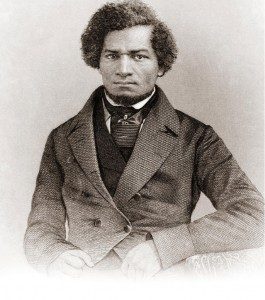




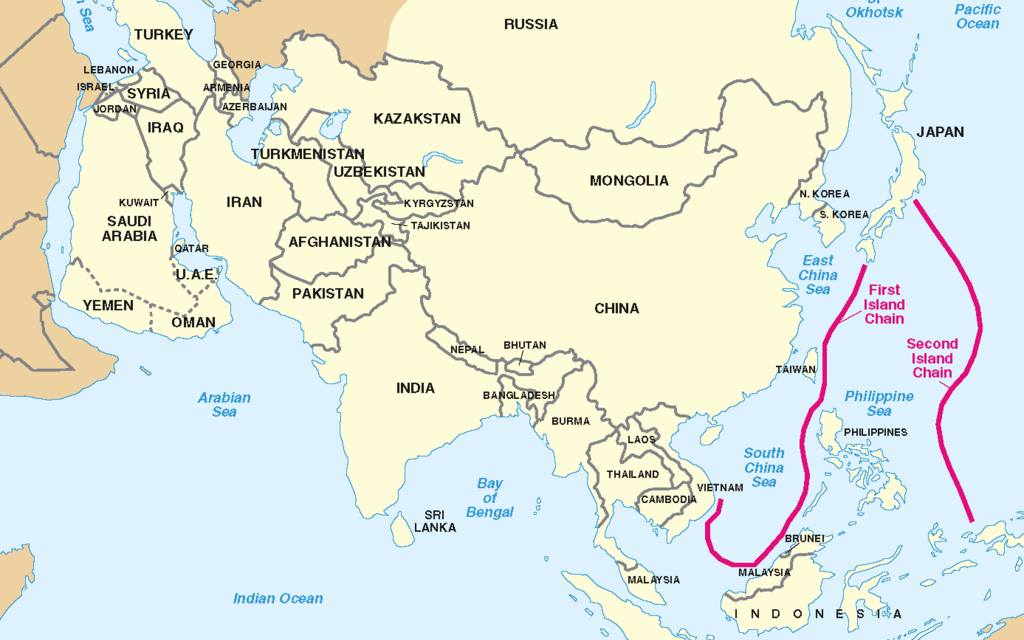

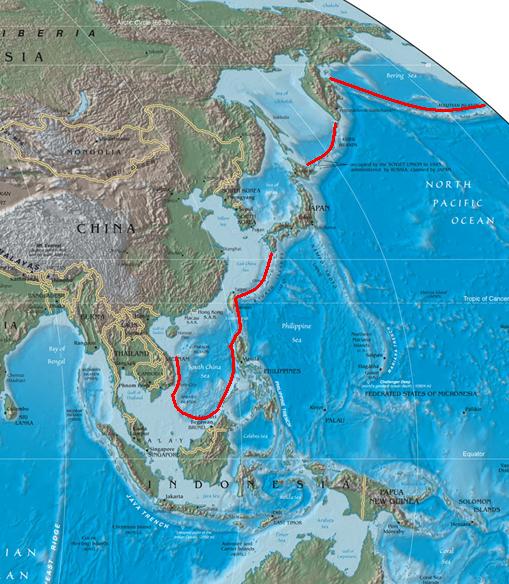


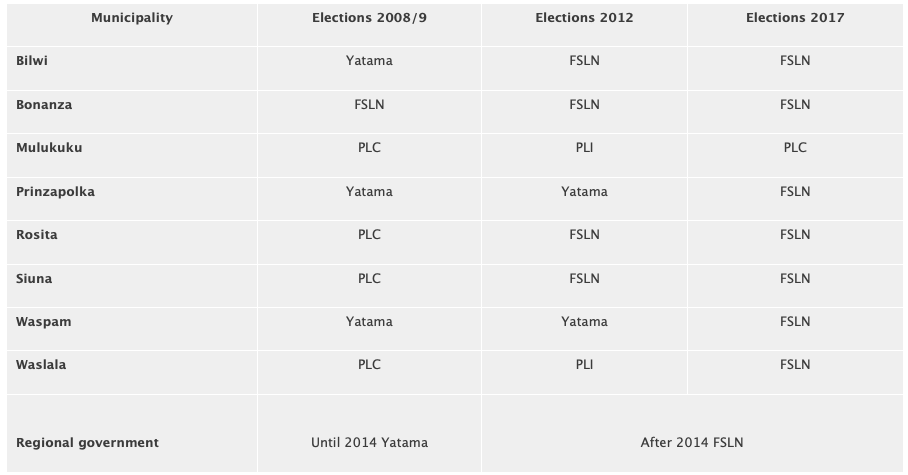
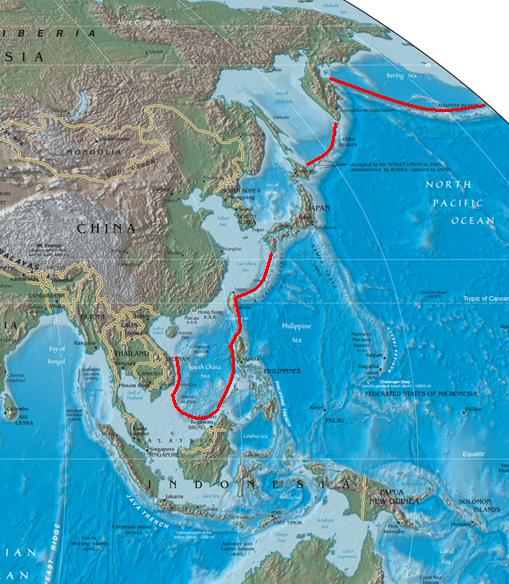

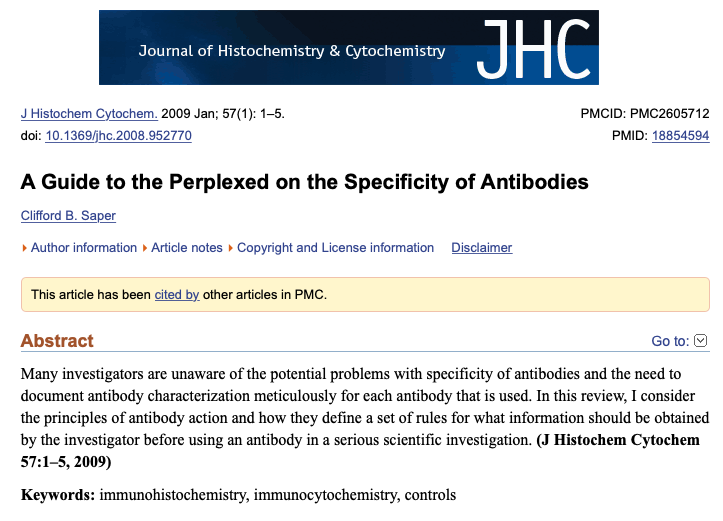














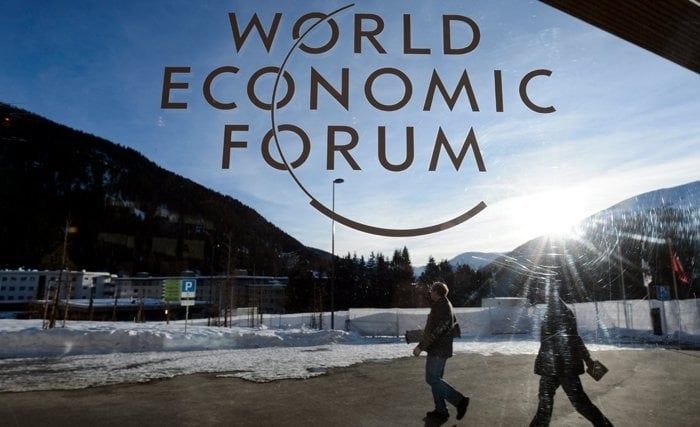
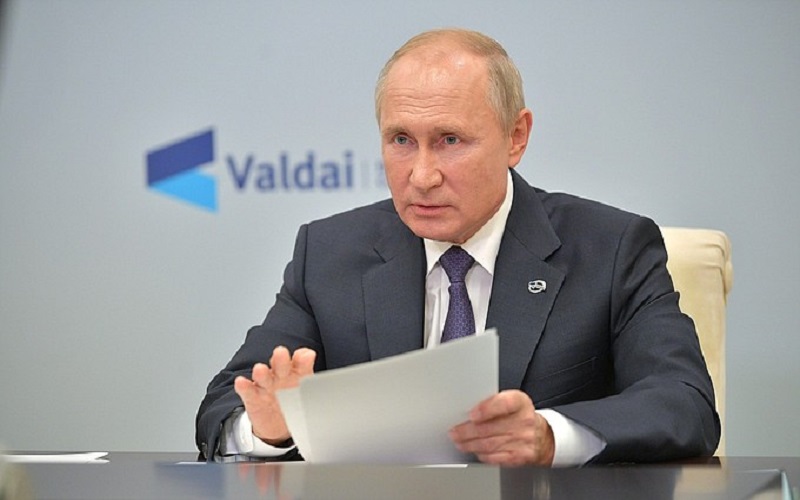 This is a recurrent theme with Putin and one that shows that he has a deeper understanding of what is really happening in both the United States and Europe than any of his peers.
This is a recurrent theme with Putin and one that shows that he has a deeper understanding of what is really happening in both the United States and Europe than any of his peers. 
